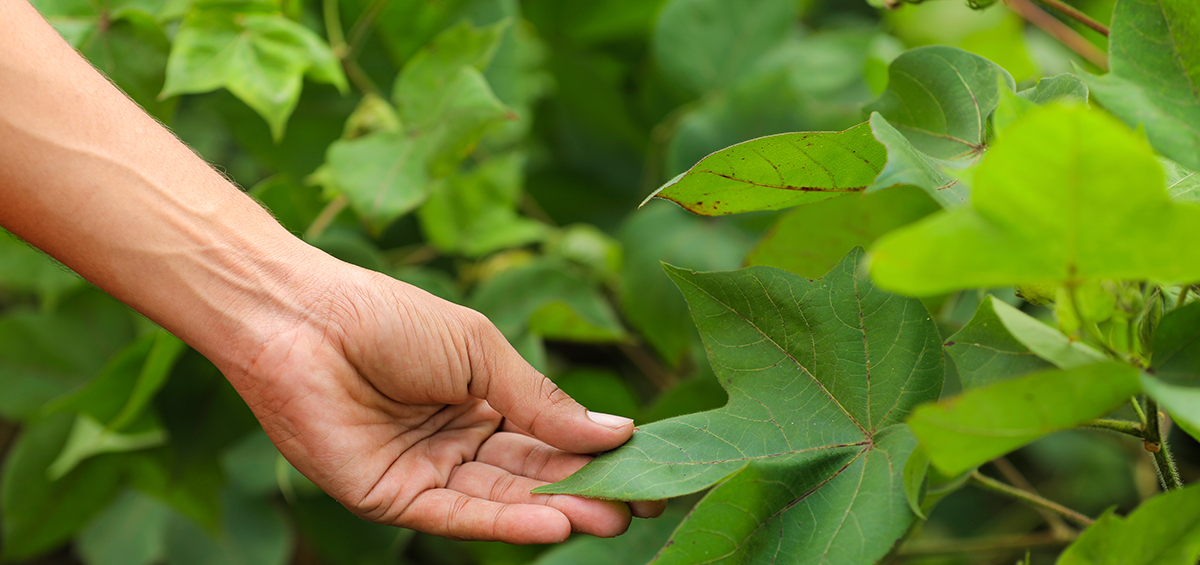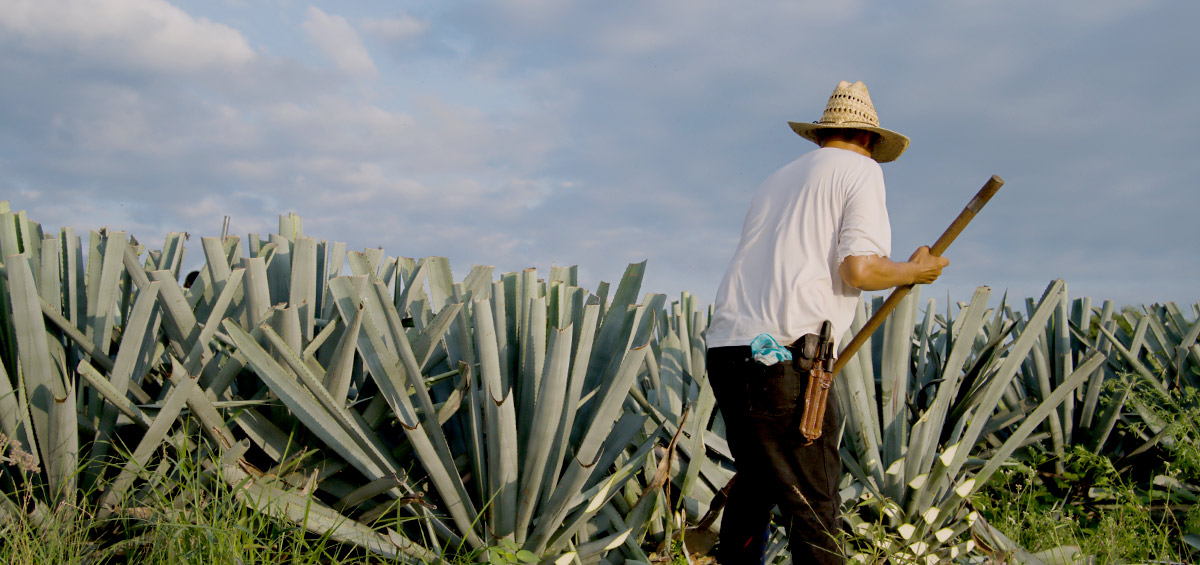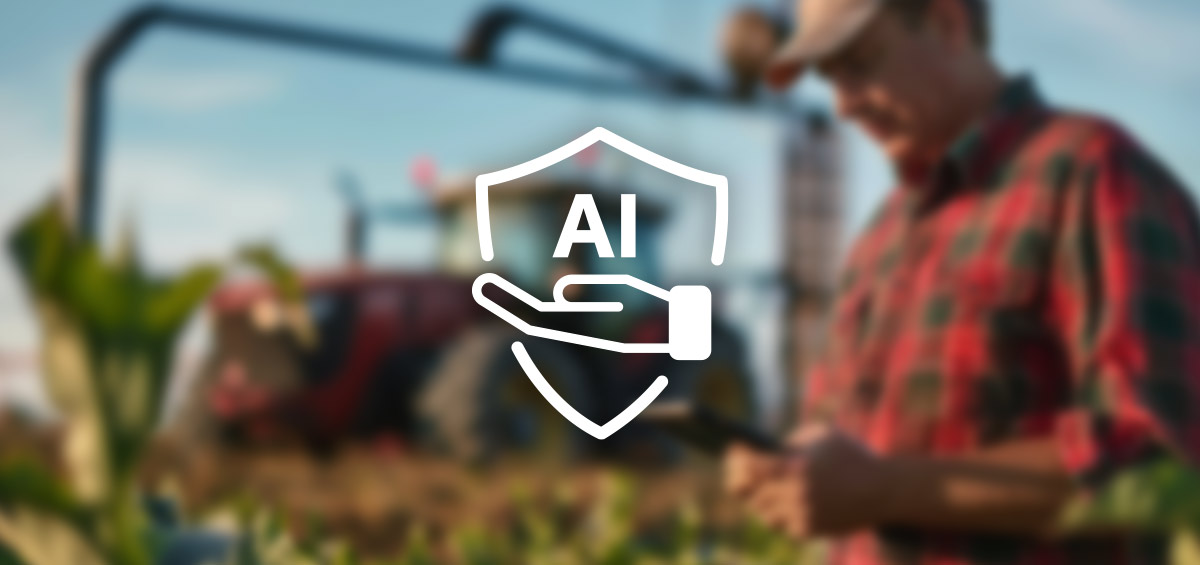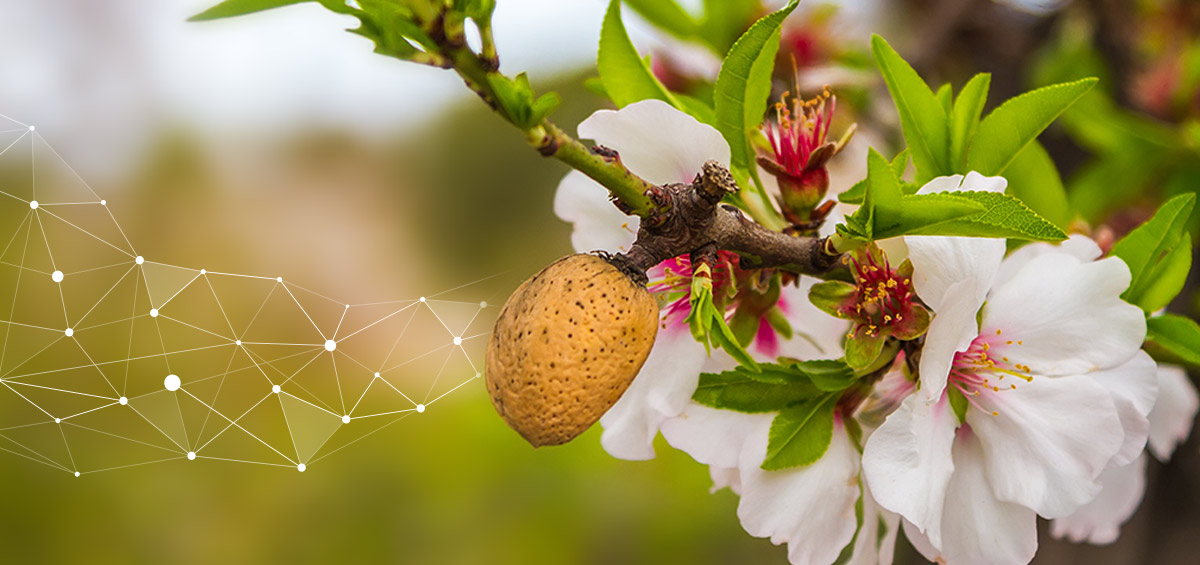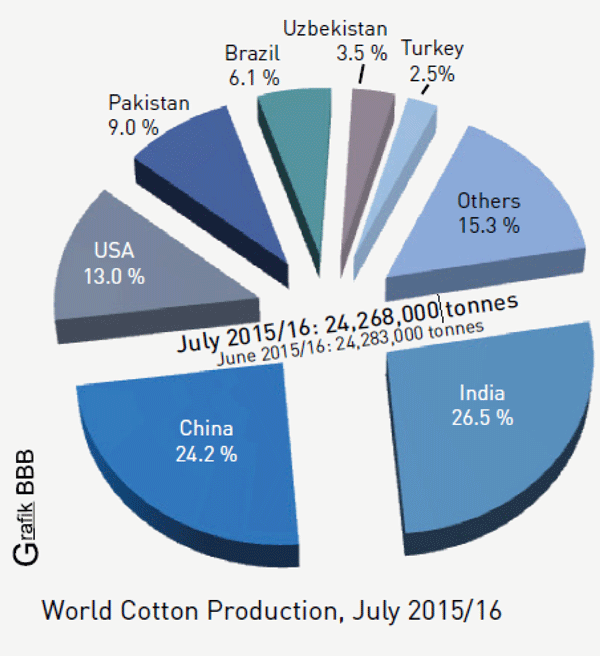
World cotton production; India is the number one cotton producing country
Cotton Boll Weevil Damage
Cotton boll weevils (Anthonomus grandis) eat all the buds of the plants and destroy any cotton boll that the plants manage to produce by eating and laying their larvae inside cotton bolls and squares. They can mature from egg to adult in less than 3 weeks. As a result, every year they produce 6-7 generations and thus consume cotton throughout the growing season. If not treated, they can devastate entire cotton fields. These properties have made a cotton boll weevil the most dangerous pest of cotton farming.

Cotton Boll Weevil Farm Management Practices
In the early 1900s, the boll weevil devastated the industry and farmers in cotton growing regions of America. Since then, a major effort been undertaken to eradicate boll weevils and to revive cotton farming in areas where the destruction occurred. In cotton pest management, farmers can use various biological, cultural and chemical practices (depending on production type) which can reduce pest infestation on farms;
- Early planting
- Appropriate fertility and weed management program for stimulating rapid plant development
- Early-maturing varieties
- Stalk destruction after harvest (which eliminates plant host for pest reproduction)
- Crop rotation
- Weevil traps and pheromones
- Insecticides based on bacteria Bacillus thuringiensis
- Chemical insecticides based on various active substances.
There are also alternative ways to protect cotton farms. In order to reduce chemical control of cotton pests, genetically modified varieties were developed which produce highly specific toxins that kill larvae and caterpillars which feed on the plant. The genes used to produce the toxin in GM cotton are obtained from a naturally occurring bacterium called Bacillus thuringiensis. Insect-resistant or genetically modified cotton is often called ‘Bt cotton’. The introduction of Bt cotton has resulted in a significant reduction of insecticide use by farmers, but the harvest losses still remain very high, at approximately 30%. In order to ensure successful cotton farming and reasonable pesticide usage, the AGRIVI system can help farmers to achieve higher yields. Based on the weather forecast, when weather conditions on the field overlap with weather conditions that occur during some pest attack, such as cotton boll weevil, the AGRIVI system alerts farmers about possible pest attacks, in the form of an alarm. The system also gives them a list of active substances for a particular pest, as well as the list of products containing those substances. In addition to smart pest alarms, AGRIVI farm management software also allows farmers to track all field activities during the growing season and helps them to keep records of spent pesticides and other materials.
Don’t wait for others to start protecting your cotton field, use the AGRIVI system to help you make your own on-time decisions.
Text sources: Research Gate || Pets
Image sources: Textile Future||UT Crops||IPM
